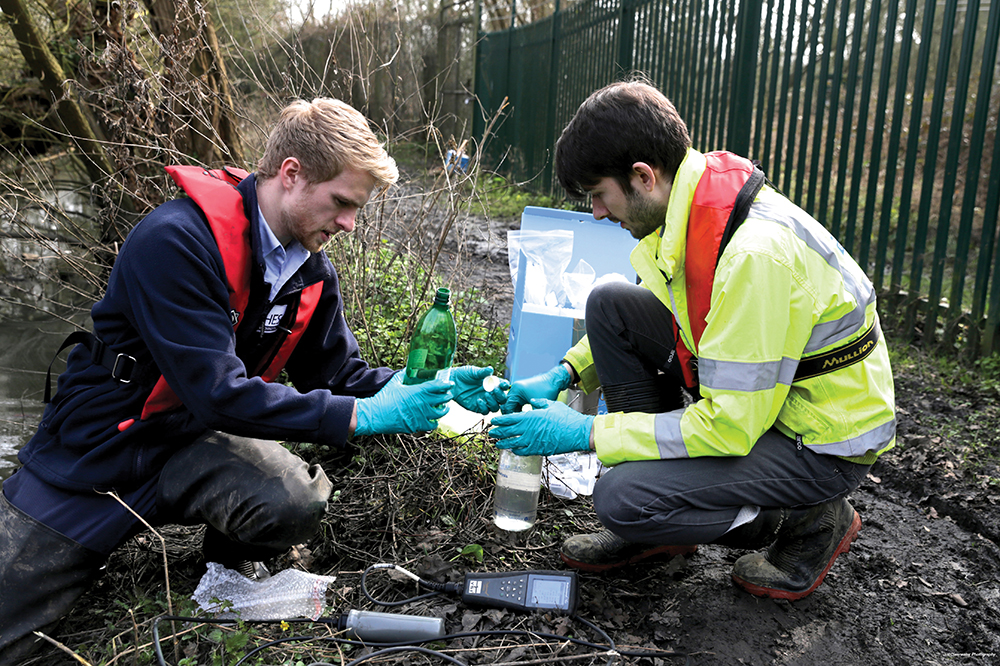Through previous AMP cycles water companies have delivered significant improvements which have seen pollution numbers trending downwards to the lowest on record in AMP 6. This is no small feat on the back drop of the well documented challenges of the ageing infrastructure, climate change and population growth. Especially when you consider it has been achieved alongside innovation in technologies and communication meaning the level of detection and reporting of incidents has risen, the true achievement is therefore under reported.
Companies are now seeing the significant reductions seen in 2012 – 2015 flatten out over the past 3 years and yet the targets for reduction detailed in the PR 19 business plans for 2020-25 are considerable, in some cases companies targeting up to a further 80% reduction in pollution numbers.
Can water companies have real confidence in achieving the pollution numbers they forecast and how will they meet this challenge?
To drive down pollution numbers on this scale in addition to investment into improving asset performance then marginal gains will be required across a number of disciplines.
Looking at the direction of travel and the records, parallels can be drawn with Health & Safety incidents performance. Over the years we have seen a huge and continuous drive to reduce the likelihood of health & safety incidents occurring. In modern times we enjoy much improved working conditions than previous generations and an impressive decrease in incident occurrence.
The risk to human health and safety, has and will continue to be placed ahead of environmental harm, so can we therefore learn lessons to achieve similar significant results for environmental performance:
- Staff culture – zero incidents is the target, incidents are not business as usual
- Near misses – Respond to, investigate and record all near miss incidents
- Performance Data – record and report all aspects to then drive continuous improvement
- Training and expertise – train and educate staff
- Raise Awareness – regularly communicate the record on pollution incidents to the whole workforce
Therefore, whilst PR19 business plans point to record levels of financial investment into infrastructure improvements and operational systems we should learn that the workforce should not be neglected. Continuous improvement in H&S to the levels we see today has been achieved in large part through emphasis on work force behaviour and environmental managers can learn from this example.
But in practice what changes could be made to deliver marginal gain? If we were to focus on the discipline of pollution incident response, in practice, do we prioritise this with real action rather than words.
- The key to effective response is readiness, so would it be of benefit to have field technicians whose main role is responding to incidents? Ensuring they are available and suitably located to respond to incidents when they arise, rather than field technicians who may be available to respond to pollution incidents but response may be compromised because they are engaged fulfilling duties within a wider planned programme of field-based activity. A subtle change in priority and switching focus can improve technician response times and effectiveness of their data gathering.
- Resilience during erratic weather episodes leads to asset inundation and multiple pollution incident events, do company response services have the capacity to respond in these events and perform environmental assessments across multiple and simultaneous incidents.
- Could we also dispatch a field technician alongside the engineering staff to every potential incident at point of notification? This would mean the environmental data is gathered at the earliest opportunity to then inform remediation actions and evidence the environmental impact or absence of impact, this data can then inform correct incident impact categorisation at the assessment stage. Surely this is a best practice approach which prevents delaying an environmental assessment until an engineer has arrived at site and then reported back the need for an environmental assessment.
- Should there be a perceivable difference in the level of water company response service between Monday – Friday, 9-5 office hours and weekends and summer evenings? Or should a response service be equally effective 365 days of the year across daylight hours.
- Do we record and report performance data for incident response to a significant degree? for example, the response time or the time spent on site, this information can expose practices or weaknesses in response at a local level in a business that can then be addressed to increase resilience and prevent response failures.
AMP 7 business plans have the ambition and potential to drive pollution numbers to an all-time industry low, if this downward trajectory is to be achieved and maintained then prioritisation and investment is required to create a workforce attitude to environmental incidents that is akin to a Health & Safety incident culture or a pro-cycling team performance culture.
www.adlerandallan.co.uk




